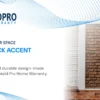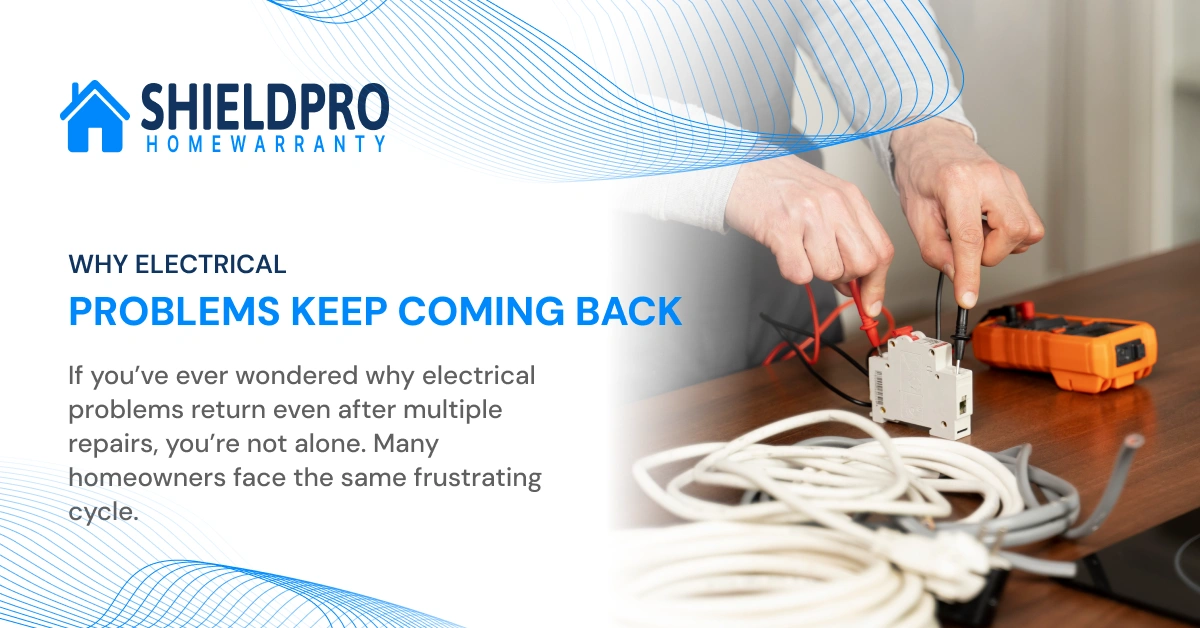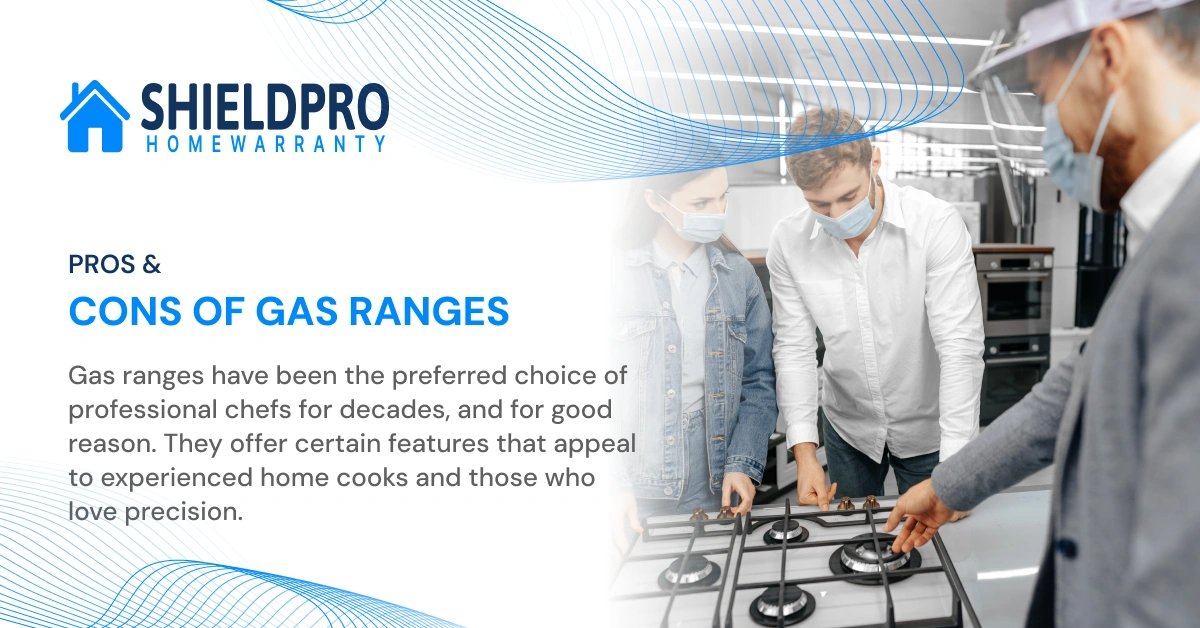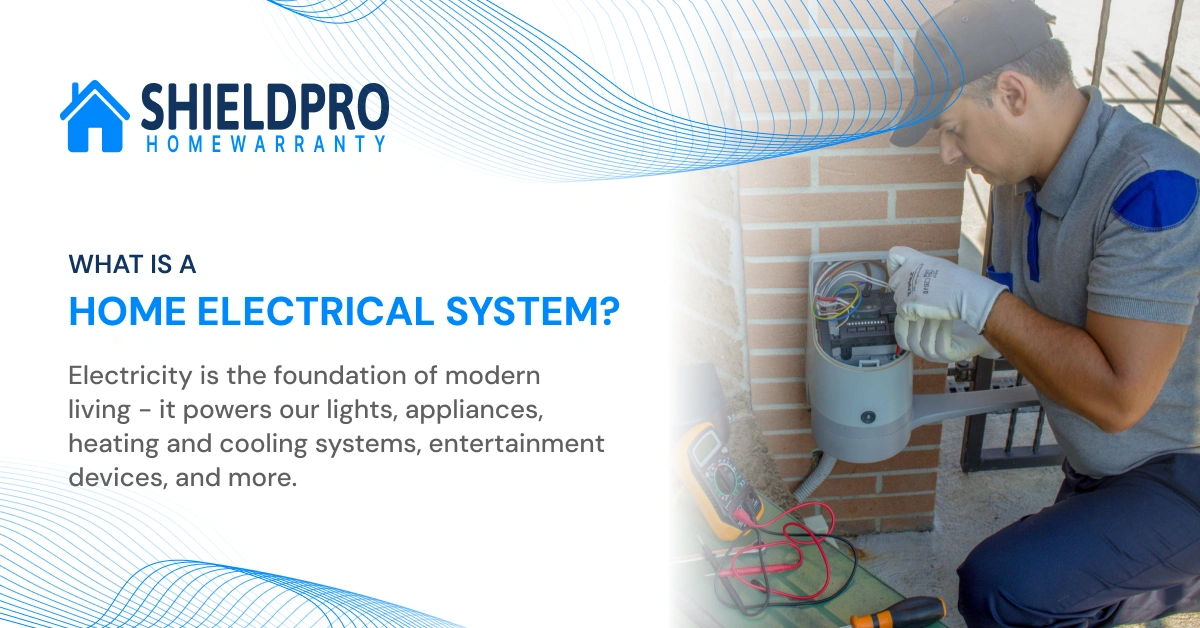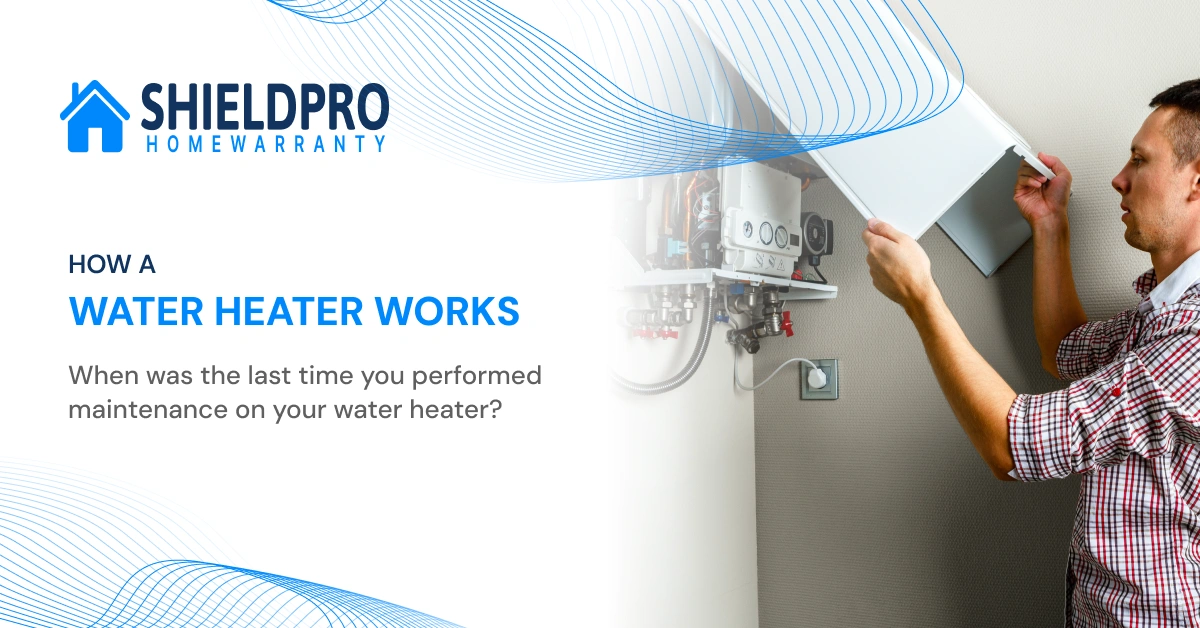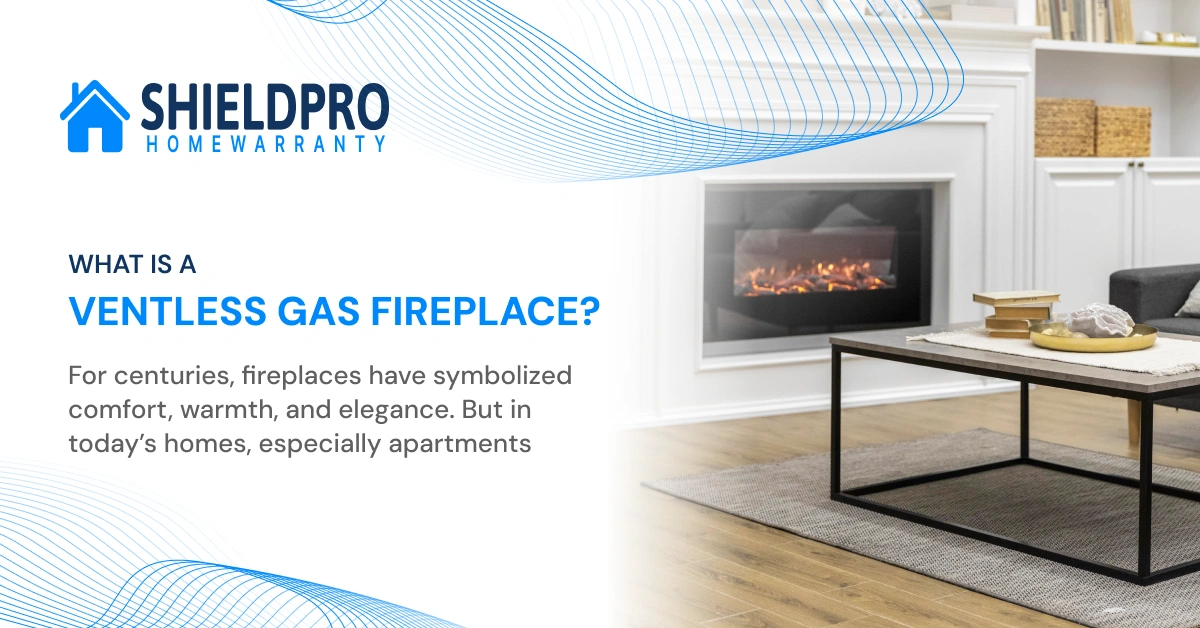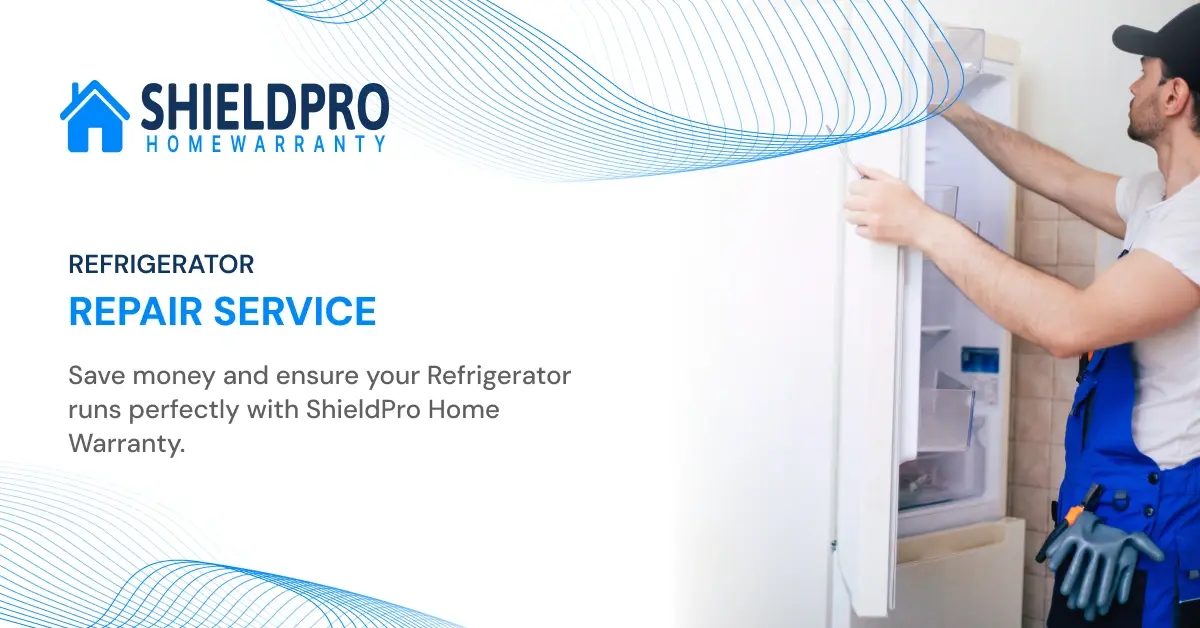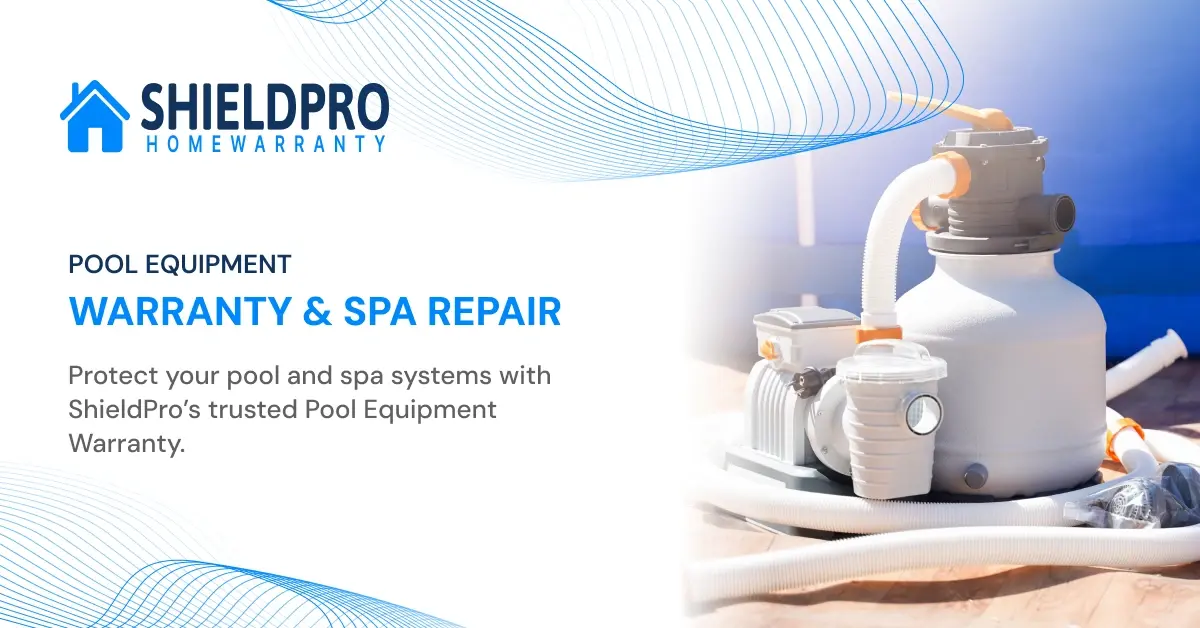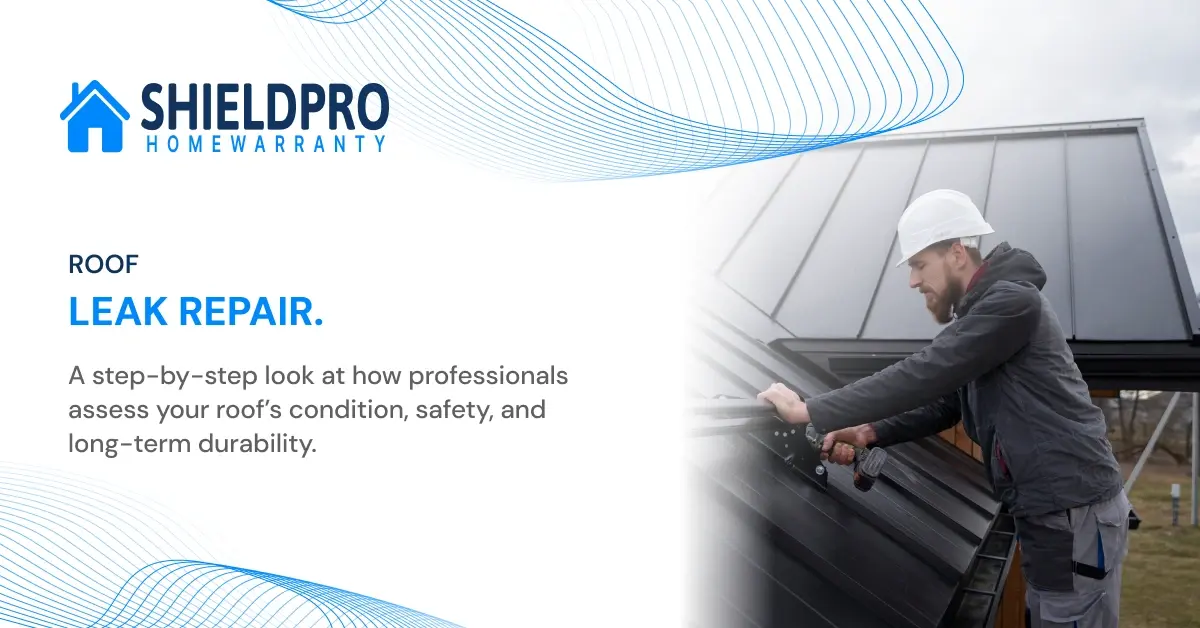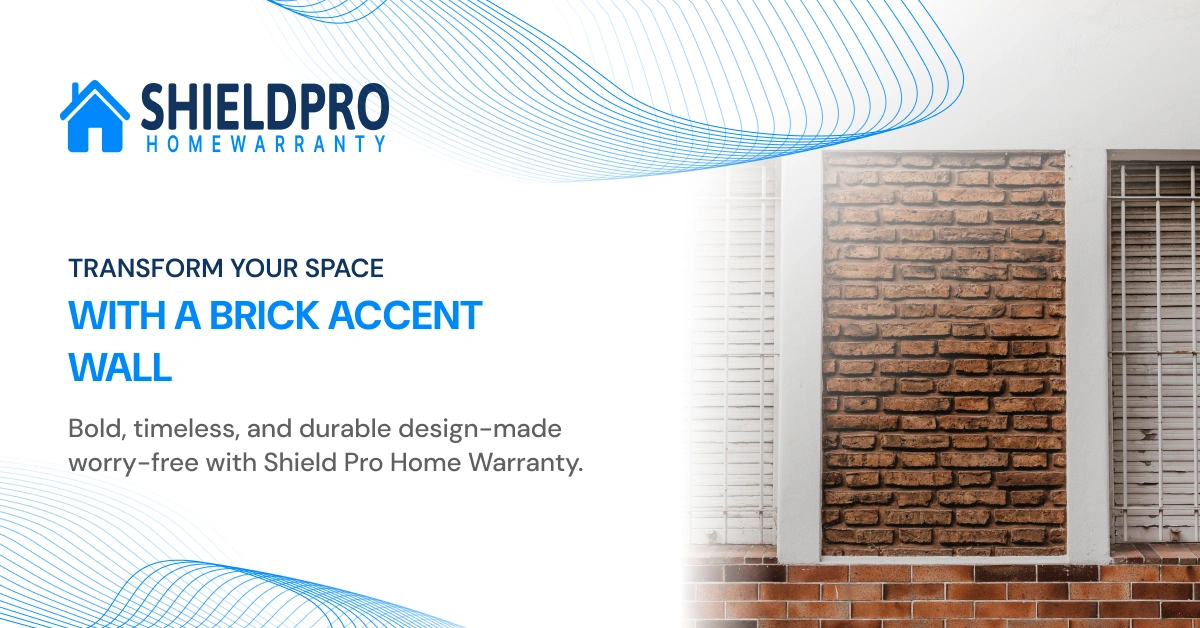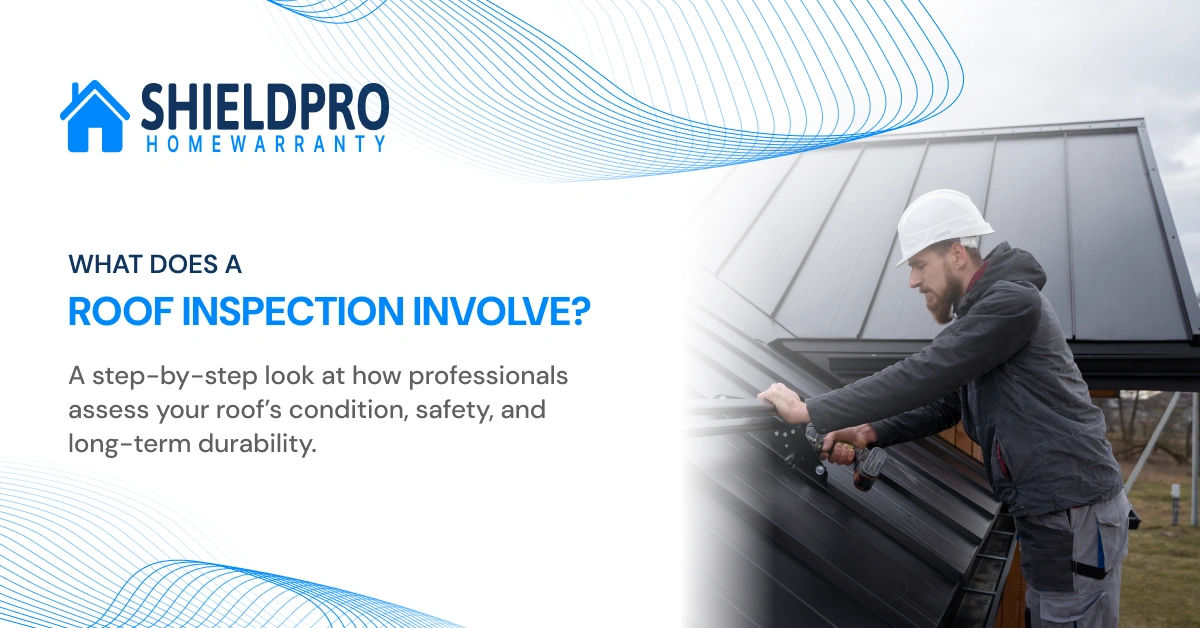
Introduction
Your roof is among your home’s most critical, yet least-considered, defense systems. Day after day, it faces sun, wind, rain, hail, and temperature swings. A minor crack or leak today can lead to major structural damage, mold, or water intrusion tomorrow.
That’s why roof inspection matters — not just to catch damage, but to protect your investment, reduce liability, and ensure long-term peace of mind. This guide goes deeper than basic tip lists. You’ll get real-world examples, best practices, and a clear path from inspection awareness to protecting your home via professional services (like warranty or preventative maintenance plans).
By the end, you’ll understand:
- What a thorough inspection entails
- How to spot early warning signs
- When to call in a pro
- How inspection ties into warranties and service plans
- Which service model gives you the best value and protection
Let’s get started.
What a Roof Inspection Really Involves
A roof inspection is more than scanning shingles from the ground. A full evaluation addresses the entire roof system: structure, materials, drainage, underlayment, flashing, interior (attic) condition, and workmanship.
Key elements include:
- Surface evaluation: shingles, tiles, metal panels, membrane
- Flashing & seal integrity: around chimneys, vents, skylights
- Underlayment / substrate health: checking membrane, felt, insulation
- Roof deck & framing: sagging, warping, or moisture damage
- Attic interior: signs of leaks, mold, insulation issues
- Water runoff systems: gutters, downspouts, drains
- Ventilation & airflow: ridge vents, soffits, exhausts
- Workmanship & installation: fastener patterns, nail penetration, overlap
A comprehensive inspection helps you spot issues that are easy to fix now but costly later.
Why Inspections Are Critical
Many homeowners see inspections only as a reactive measure. But proactive inspections deliver these major advantages:
Prevent Major Repairs
A small flashing crack can let water seep into sheathing, leading to rot, structural damage, or mold. Repairing damage at that stage might cost tens of thousands. Early detection often limits repair to a few hundred dollars.
Maintain Property Value
When you document inspections and roof health, prospective buyers trust the home more. That can translate into stronger offers or faster sales.
Insurance & Warranty Compliance
Many insurance policies require documented maintenance. Also, roofing manufacturers often void warranties if the roof wasn’t maintained. An inspection is critical to validate coverage.
Extend Roof Lifespan
With regular inspections and maintenance, an asphalt shingle roof may last 25–30 years or more. Neglect often cuts that in half.
Peace of Mind via Service Protection
An inspection is merely the gateway. The real security often comes from placing your home under a service contract or warranty plan (for example, coverage for roof leaks, repair services, etc.). These plans act as your safety net if damage occurs.
When to Inspect Your Roof
A good inspection schedule is essential. Here’s what experts recommend:
- Biannual inspections: Spring and fall each year
- After severe weather: Hailstorm, high winds, snow, freezing rain
- Before buying or selling a home: Use as leverage
- Before warranty renewals: Some protections require inspections within a given window
- Whenever interior warning signs emerge: Ceiling stains, drips, mold
Being timely helps you catch damage before cascading failures occur.
DIY Inspections: What You Can Safely Do
Homeowners can perform preliminary inspections without climbing high-risk roofs. These visual assessments help you flag issues before calling professionals.
Exterior Checks (From the Ground or Ladder Edge)
- Missing, cracked, curling, or buckling shingles
- Discolored or sunken areas
- Damaged or loose flashing
- Moss, algae, or excessive debris
- Granules accumulating in gutters
Attic & Interior Checks
- Water stains or rust-colored marks on rafters
- Daylight penetrating through the roof deck
- Musty or moldy odors
- Pest activity or damage
Gutters & Drainage
- Blocked downspouts
- Gutter sagging or separation
- Granule buildup
Safety Precautions
- Use binoculars, telescopic camera, or drone instead of climbing steep roofs
- Don’t attempt roof walks if steep, wet, or slippery
After your DIY check, you’ll know whether it’s time to call a professional.
What Professional Inspectors Do That You Can’t
When you hire an expert, they cover areas that go far beyond what a homeowner inspection can safely or accurately detect:
- Inspect shingle adhesion, nail integrity, and underlayment
- Use infrared cameras or moisture meters to detect trapped moisture
- Drone inspections to examine hard-to-reach roof angles or steep slopes
- Structural inspection of roof deck and framing
- Detailed flashing, seal, and joint analysis
- Evaluate ventilation systems for proper airflow
- Provide a written, itemized report with photos and recommended actions
Such a professional assessment is your “insurance” against unseen deterioration.
Common Issues Revealed During Roof Inspections
Below are frequent problems uncovered in proper assessments:
- Shingle damage: cracking, curling, blistering
- Flashing issues: leaks or separation at roof penetrations
- Underlayment failures: gaps, deterioration, or water infiltration
- Decking damage: warping, rot, or mold growth
- Poor ventilation: condensation, heat buildup, attic damage
- Roof leaks: hidden moisture, rot, or structural compromise
- Gutter and drainage failures: overflows or pooling water
Identifying these early keeps repair bills manageable.
Understanding the Inspection Report
A professional inspection report will typically include:
- High-resolution photos and videos of issues
- A “health score” or condition summary
- Detailed trouble spots, prioritized
- Repair or replacement estimates
- Recommended preventive actions
- Timeline for follow-up inspections
Use the report as:
- A roadmap for maintenance
- Evidence for insurance or warranty claims
- A decision document to choose a service plan
Case Studies: Inspections Leading to Smarter Decisions
Case 1: Early Detection Saves a Roof
In a suburban Texas home, an inspector detected a small flashing gap near a chimney. The homeowner engaged a minor repair. A later hailstorm damaged the same area, but the repair had prevented a full roof replacement worth $12,000.
Case 2: Warranty Claim Success
A homeowner in Florida had a roof leak after a storm. The insurer required proof of prior maintenance. The inspection report and service contract with warranty were submitted, and the insurer approved a full replacement.
Case 3: Neglect and Consequence
In a Midwestern home, inspections were skipped for a decade. Hidden rot under decking required strip-off replacement. Repair costs exceeded $18,000 and forced temporary relocation during work.
These stories show how inspection + protection decisions yield outsized returns.
Maintenance Between Inspections
Maintaining your roof between formal inspections keeps small problems from escalating:
- Clean gutters and downspouts each spring & fall
- Trim overhanging tree limbs
- Remove moss, algae, or organic debris
- Apply safe moss-killers or algae inhibitors
- Re-seal flashings or sealant joints as needed
- Ensure vents are unobstructed
Such preventive work helps stretch your roof’s lifespan and reduces surprises.
Choosing a Roof Inspection or Protection Service Provider
When evaluating contractors or home warranty / protection services, look for:
- Licensing & certification: Ensure roofing credentials and proper accreditation
- Liability insurance and bonding: You must not be at risk if things go wrong
- Transparent service agreements: Clear terms, covered components, service fees
- Experience & reputation: Years in business, good reviews, referrals
- Technology use & reporting quality: Drone-inspection, moisture imaging, photographic reports
- Quick response & repair service network: Wide contractor network, fast scheduling
A well-managed warranty or protection provider gives you confidence and leverages the inspection process into long-term protection.
From Inspection to Protection: Why ShieldPro’s Model Works
If you’re serious about safeguarding your home, inspection alone isn’t enough. You need protection and service coverage that steps in when problems arise. That’s where a home warranty or protection contract becomes valuable.
How ShieldPro Home Warranty Works (as a model)
- They partner with licensed, vetted contractors
- Homeowners pay a small service fee (e.g. ~$100 or less) when requesting repair
- ShieldPro covers the remainder of eligible repairs or replacements
- Their “Roof Leaks” add-on covers common roof repairs — flashing, shingles, leak patching, etc.
- Warranty contracts are customizable to your home’s needs
By combining inspection, documented proof of roof condition, and a coverage agreement, you create a robust risk mitigation strategy.
Why This Model Appeals to Smart Homeowners
- You offload repair risk to the service provider
- You gain 24/7 support when leaks or emergencies emerge
- You establish documented protection (useful in resale or insurance claims)
- You reduce surprise costs
In effect, the inspection is your diagnostic step, and the protection plan is your guarantee of coverage.
Action Plan for Service Buyers
Here’s how to move from knowing to protecting:
- Schedule an inspection with a qualified, transparent contractor.
- Review the inspection report and identify vulnerabilities (flashing, shingles, vents).
- Obtain service quotes for recommended repairs.
- Evaluate home warranty / protection plans that cover roof leaks and roofing systems.
- Select a provider meeting licensing, reputation, and coverage criteria (e.g. ShieldPro model).
- Enroll in a plan and keep all inspection and repair documentation.
- Use the plan when a leak occurs rather than scrambling to hire contractors last minute.
- Renew your coverage and schedule inspections regularly.
This method turns you from a passive homeowner into a proactive protector of your home.
Conclusion
Roof inspections are vital, but they are just the starting point. To truly protect your home, you need to go further—with a plan that covers repairs, replacements, and emergencies.
When you combine regular inspections with a well-structured home warranty or protection contract (especially one that covers roof leaks and roofing systems), you transition from reactive maintenance to confident, budgeted home care.
If you’re ready to protect your home with an inspection-first strategy and a strong coverage plan like ShieldPro’s, I can help you draft a tailored plan, compare providers, or even write content that persuades your audience to convert. Would you like me to build that service-buyer persuasion layer (landing page style) next?

